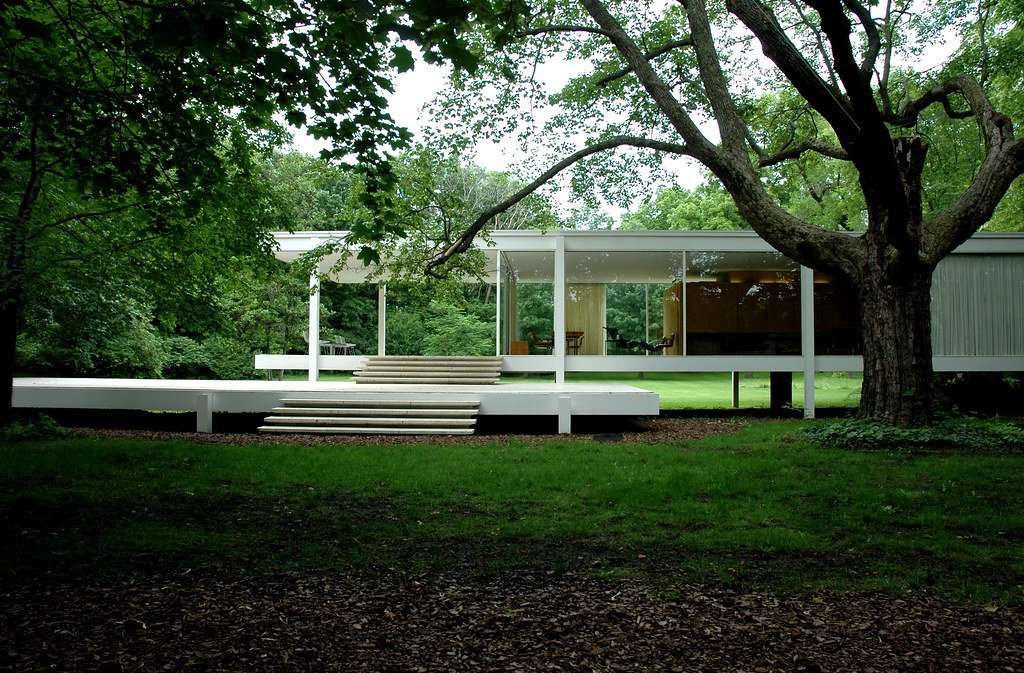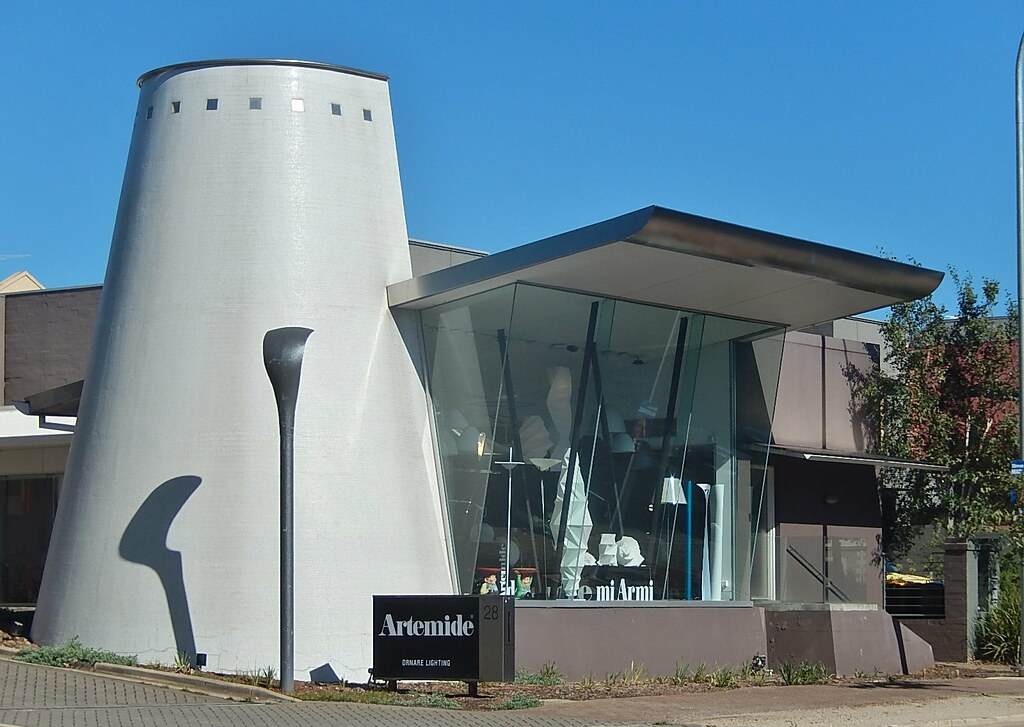Unveiling the Beauty of Modern Minimalism in Architecture
In the world of architecture, where intricate designs, ornate details, and grand structures often take center stage, a refreshing and captivating movement has emerged – Modern Minimalism.
This design philosophy, characterized by its simplicity, clean lines, and emphasis on functionality, has garnered widespread admiration for its ability to evoke a sense of calm, elegance, and timelessness. In this article, we delve into the beauty of modern minimalism in architecture, exploring its origins, principles, and the impact it has on our built environment.
The Genesis of Minimalism in Architecture
The roots of minimalism in architecture can be traced back to the early 20th century, when several architects sought to break away from the ornate and heavily decorated styles of the past. They envisioned a new approach that focused on stripping away unnecessary elements to reveal the essential nature of a structure.
The famous architect Ludwig Mies van der Rohe is often credited with coining the phrase “less is more,” which became a guiding principle of the minimalist movement.
Principles of Modern Minimalism
- Simplicity: At the core of modern minimalism lies simplicity. The design emphasizes clean lines, uncluttered spaces, and a pared-down aesthetic. Each element serves a purpose, and there is no room for excessive ornamentation.
- Functionality: In minimalist architecture, form follows function. The design is driven by the intended purpose of the space, ensuring that every element contributes to the overall functionality and efficiency of the structure.
- Light and Space: Natural light and open spaces play a crucial role in modern minimalism. Large windows, skylights, and open floor plans are common features, allowing light to flood the interiors and create an airy and expansive feel.
- Materiality: Minimalist architecture often showcases the beauty of raw materials. From exposed concrete and steel to natural wood and stone, the focus is on the inherent qualities of the materials rather than elaborate embellishments.
- Monochromatic Palette: Neutral color palettes, especially shades of white, black, and gray, dominate minimalist spaces. The limited use of colors enhances the sense of tranquility and harmony within the design.
The Impact of Modern Minimalism on Architecture
- Timeless Elegance: Modern minimalism possesses a timeless quality that defies passing trends. Its simplicity and restraint give it a classic appeal that remains relevant and captivating over the years.
- Enhanced Functionality: By prioritizing functionality, minimalist architecture creates spaces that are efficient, practical, and easy to navigate. This approach is especially valuable in urban environments where space is at a premium.
- Serenity and Calm: The clean lines and open spaces of minimalist design foster a sense of serenity and calm. This soothing ambiance makes minimalist structures ideal for places of meditation, contemplation, and relaxation.
- Sustainable Design: Minimalism aligns well with sustainable design principles. By using fewer materials and emphasizing energy efficiency, minimalist structures contribute to a more environmentally responsible built environment.
- Versatility: Contrary to the misconception that minimalism is cold and impersonal, this design philosophy can be remarkably versatile. It adapts well to various architectural styles and can be integrated into both residential and commercial spaces.
Examples of Modern Minimalist Architecture
Farnsworth House by Ludwig Mies van der Rohe: A masterpiece of modernist architecture, the Farnsworth House exemplifies the essence of minimalism. Located in Illinois, USA, this iconic glass house blends seamlessly with its natural surroundings, showcasing the beauty of simplicity.

The Tadao Ando Church of the Light: Designed by renowned Japanese architect Tadao Ando, this minimalist church in Osaka, Japan, is a stunning example of how natural light can become an integral part of the design, creating a spiritual and ethereal experience.

The Apple Park Visitor Center: Apple’s headquarters in Cupertino, California, is a testament to minimalist design. The Visitor Center, designed by Foster + Partners, embodies the company’s design ethos with its sleek lines, glass walls, and open spaces.





Add Comment